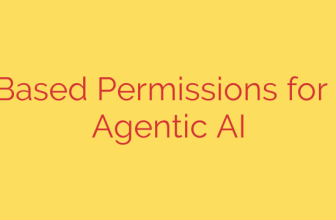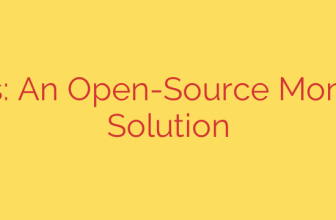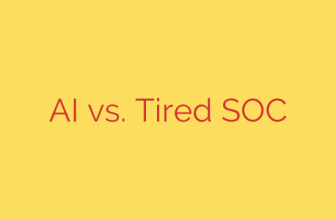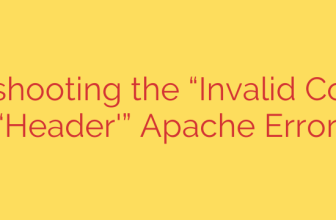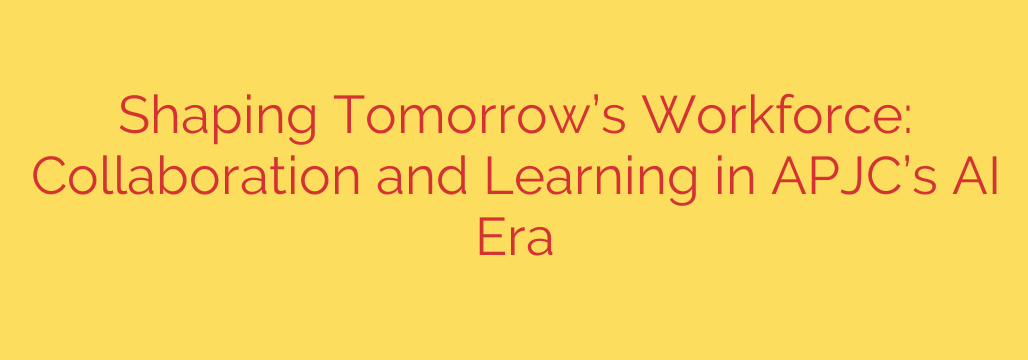
The AI Era Is Here: A Guide to Upskilling and Collaboration for Tomorrow’s Workforce
The ground is shifting beneath our feet. The rapid integration of Artificial Intelligence, especially generative AI, is not just another technological trend—it’s a fundamental reshaping of how we work, collaborate, and create value. For organizations and individuals alike, navigating this new landscape isn’t optional; it’s essential for survival and growth. The key to success lies not in resisting this change, but in embracing a new paradigm built on two pillars: continuous learning and enhanced collaboration.
The Unstoppable Wave of AI Transformation
Artificial intelligence is moving from the periphery to the core of business operations at an unprecedented speed. It’s automating routine tasks, generating novel insights from complex data, and powering new tools that augment human capabilities. This isn’t a distant future; it’s happening now.
The challenge this presents is a rapidly widening skills gap. The competencies that defined success a decade ago are quickly becoming outdated. Organizations that fail to proactively upskill their workforce risk being left behind, struggling with decreased productivity and a loss of competitive edge. The demand is surging for professionals who can not only use AI tools but also think critically, solve complex problems, and work creatively alongside intelligent systems.
Bridging the Skills Gap: The Lifelong Learning Imperative
In the age of AI, the concept of “finishing” your education is obsolete. The new standard is continuous, lifelong learning integrated directly into the workflow. Companies must foster a culture where curiosity is rewarded and acquiring new skills is part of the daily routine.
So, where should the focus be?
- AI Literacy: Employees at all levels need a foundational understanding of what AI is, how it works, and its potential applications and limitations. This isn’t just for data scientists; it’s for everyone.
- Human-Centric Skills: As AI handles more analytical and repetitive work, uniquely human skills become more valuable. These include critical thinking, emotional intelligence, creativity, and complex problem-solving.
- Data Proficiency: The ability to interpret data, ask the right questions, and understand the outputs of AI models is becoming a universal requirement.
To thrive, businesses must invest in accessible, ongoing training programs, from micro-learning modules to comprehensive certification courses. This commitment empowers employees to adapt, evolve, and contribute value in new and exciting ways.
The New Collaboration: Humans and AI as Partners
The narrative of “humans versus machines” is counterproductive. The real opportunity lies in human-AI collaboration, where technology acts as a partner to amplify our own abilities. Think of AI as a tireless analyst who can sift through millions of data points, freeing up human team members to focus on strategy, innovation, and client relationships.
This symbiotic relationship enhances productivity and leads to better outcomes. The most successful teams of the future will be those that seamlessly integrate AI into their collaborative processes, using it as a tool to brainstorm, analyze, and execute more effectively. Leaders must champion this mindset, encouraging experimentation and demonstrating how AI can augment, not replace, human talent.
Leadership and Security in the AI-Powered Workplace
Steering an organization through this transformation requires decisive leadership. Leaders must not only advocate for new technologies but also cultivate an environment of psychological safety where employees feel comfortable learning, experimenting, and occasionally failing. A top-down culture of innovation is the engine that will drive successful AI adoption.
Furthermore, with greater power comes greater responsibility. The integration of AI introduces new security and ethical considerations.
Actionable Security Tips for AI Integration:
- Establish Clear Governance: Create a formal policy for the ethical and responsible use of AI tools, especially generative AI, outlining what data can and cannot be used.
- Prioritize Data Privacy: Ensure that all AI systems comply with data protection regulations and that sensitive customer or company information is safeguarded.
- Train for Awareness: Educate employees on the security risks associated with AI, such as phishing attacks powered by generative AI or the dangers of inputting proprietary data into public models.
- Vet Your Tools: Thoroughly assess the security protocols of any third-party AI platforms before integrating them into your workflow.
The AI revolution is here. By focusing on continuous upskilling, fostering a new era of human-AI collaboration, and leading with a clear vision for responsible innovation, we can build a workforce that is not just prepared for the future, but is actively shaping it.
Source: https://feedpress.me/link/23532/17181520/building-the-workforce-of-tomorrow-how-collaboration-and-continuous-learning-power-the-ai-revolution-in-apjc




